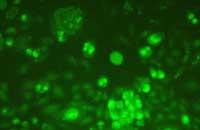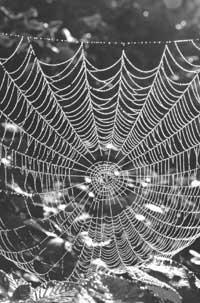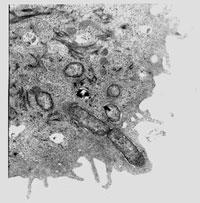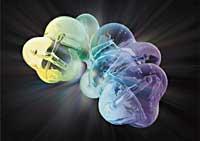Bacterial genome in mammal cells
2001/11/20 Galarraga Aiestaran, Ana - Elhuyar Zientzia
The debate arose in the past decade, when researchers found that bacteria were able to transfer their DNA to plants. For example, the laboratory found that part of the DNA (plasma) of the Escherichia coli bacteria was included in the yeast genome. Despite the fact that since then it was considered that it could occur in a similar way in mammal cells, so far it could not be demonstrated.

In the December issue of the journal Nature Genetics the work of Virginia Waters will be published which will help solve the doubt. This geneticist of the University of California has used a very common cell line of mammals in laboratories, coming from ovarian cells of Chinese hamsters. This cellular culture has added bacteria and has found that 10,000 mammal cells have internalized the plasma of the bacteria. In addition, it has ensured that cells have not assimilated the genes of bacteria in another way. Sometimes, eukaryotic cells surround and assimilate the bacteria. To avoid this alternative, he added an enzyme that removes external DNA from the cell membrane. In this way, it ensures that the DNA of the bacteria has been transferred by plasmids.
This research will help solve the debate on the human genome. Undoubtedly, to have clear conclusions it is necessary to carry out more research, but at least an important step has been taken.

Gai honi buruzko eduki gehiago
Elhuyarrek garatutako teknologia






